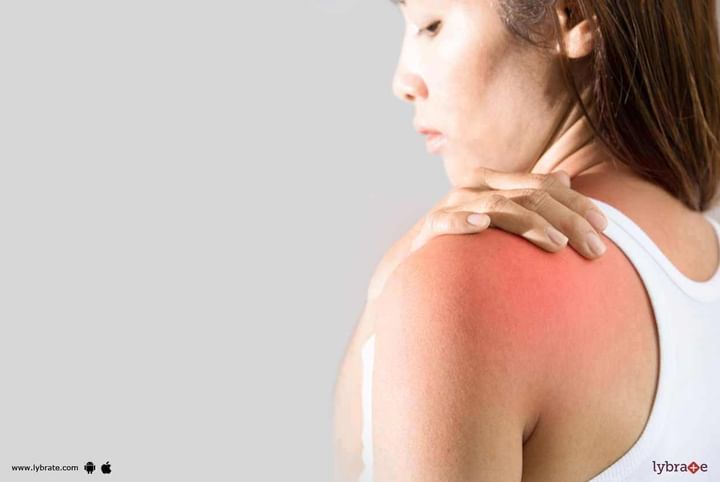Rotator Cuff Tear - All You Need To Know About It!
Rotator Cuff Tear is one of the most common disabilities observed amongst adults above 40 years of age. Rotator Cuff is a group of four muscles that keep the Humerus (arm bone) attached to the socket of the Shoulder. The Rotator Cuff keeps the Shoulder Blade attached to the arm, and when there’s damage (tear) in one of these muscles, excruciating pain is felt by the patient.
Kinds of Rotator Cuff Tear-
• Partial Tear: This happens when one of the Tendons amongst the four Tendons is damaged or torn.
• Full Tear: This occurs when all the Tendons are torn; this is also called Complete Tear. Severe pain is experienced in this type of tear and surgery might be required.
Symptoms-
- A person may experience excruciating pain while performing daily tasks like Combing hair, Picking up Laundry, etc.
- Muscle weakness and stiffness on Shoulder.
Diagnosis of Rotator Cuff Tear-
- Ultrasound is used to check the internal structure of the shoulder and the damaged muscle pattern. The waves directed into the shoulder create images of the Tendons and ligaments of the shoulder. This allows the doctor to access the severity of the damage on the shoulder.
- MRI: When the doctor needs a better look at the Tendon damage, radio waves provide better imagery than Ultrasound.
Treatment of Rotator Cuff Tear-
• RICE (Rest Ice Compression Elevation): In Case of partial rotator cuff injuries with very little damage, RICE is a good treatment option to treat temporary partial damage in the shoulder. Applying cold water and moving the hands slowly helps the muscles to get into shape.
• Injections: Non-inflammatory drugs are prescribed to the patient suffering from Full Rotator Cuff injury to deal with the pain. A Tendon tear can cause extreme pain, which might give the patient some sleepless nights. Non-inflammatory painkillers temporarily numb the shoulder, allowing the patient to sleep.
• Physical Therapies: Physical therapy is one of the most sought out treatment options. Physical therapy allows a person to recover from a rotator cuff injury through exercises and mild movements of the arms and shoulders.
• Surgery: When the injury is too severe for conventional treatment and medication, a patient might have to go through some complex surgeries.
A) Arthroscopic Tendon Repair: In this surgery, the doctor makes a small incision on the shoulders and then inserts a Laparoscope type instrument (Arthroscope) into the muscles, with a camera attached on the top. This instrument allows the surgeon to see the muscle structure and also helps in re-joining the tendons.
B) Open Tendon Repair: Arthroscopic Tendon Repair can be a bit complex, that’s why an open tendon repair is preferred by most doctors. In this surgery, the surgeon makes a bigger incision and attaches the Tendons surgically.
Conclusion-
Rotator Cuff Tears is a severe problem for the locomotion of the body, but it is treatable, as long as one doesn’t delay going to an experienced doctor.



+1.svg)
